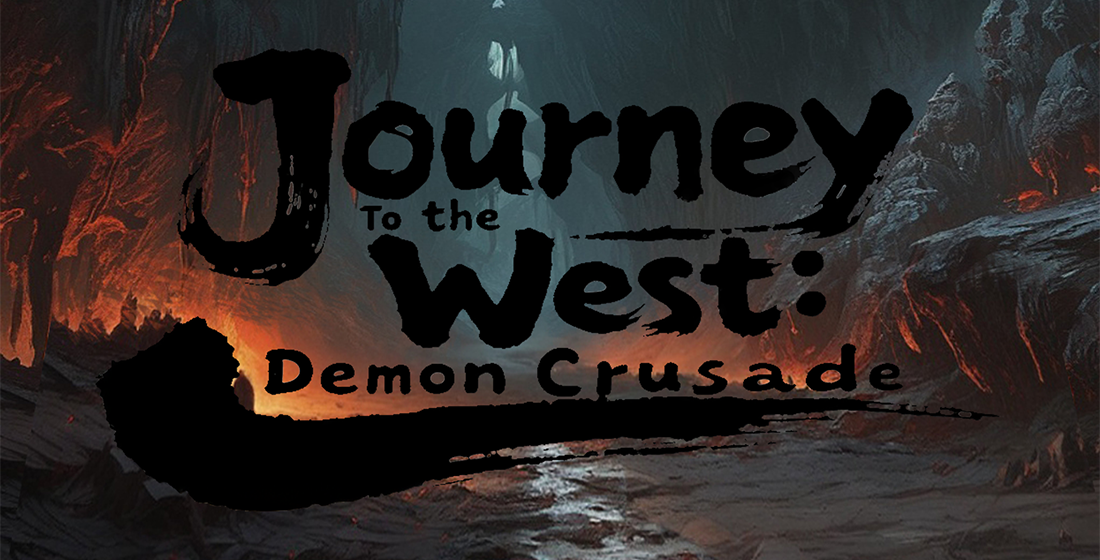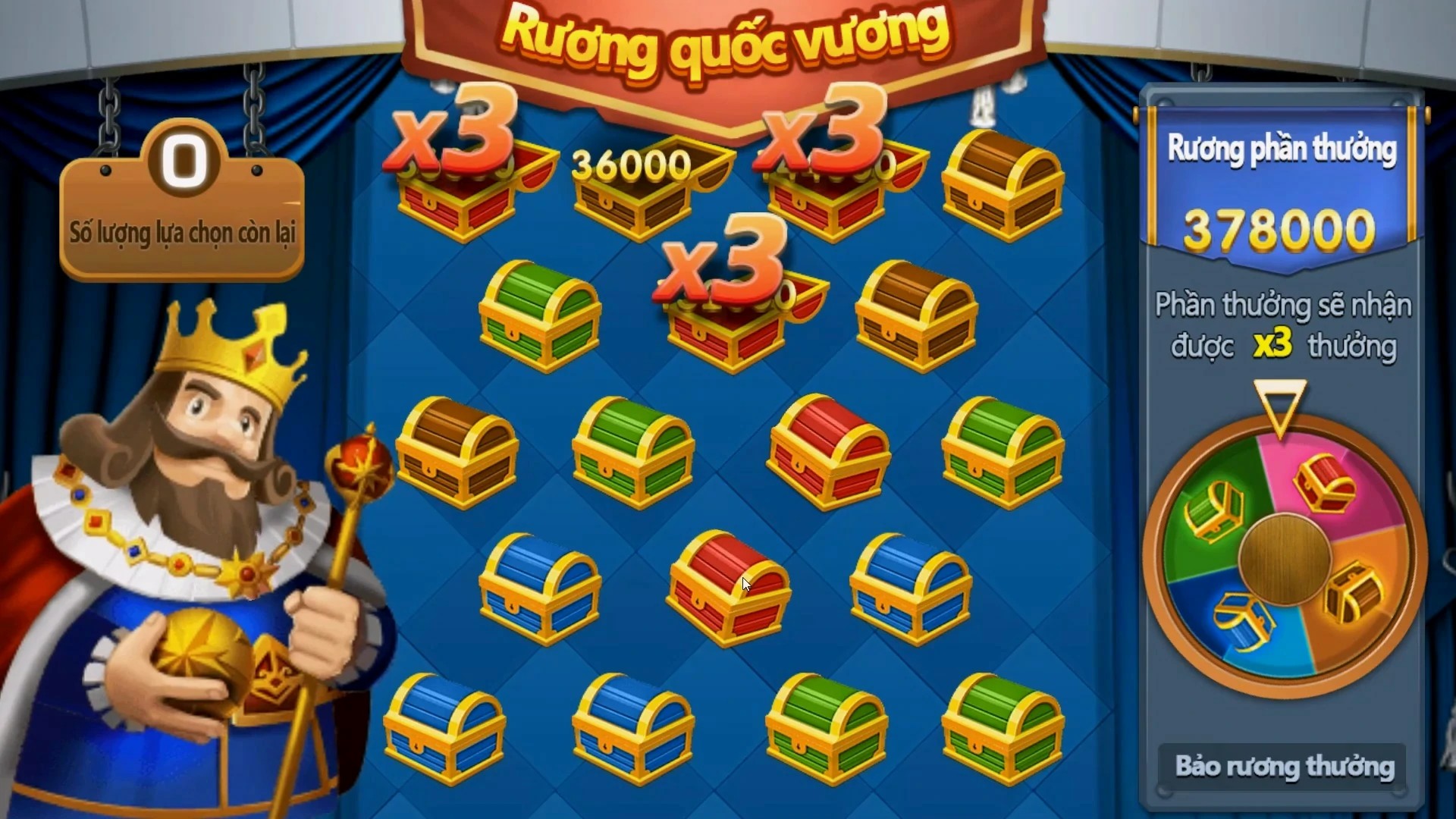From Simulation to Simplicity: How Hyper Casual Games Are Revolutionizing the Gaming Experience
Introduction
Have you ever found yourself completely absorbed in a mobile game, only to realize it was simple enough that you could play it while waiting for your coffee? Welcome to the world of hyper casual games, where gameplay is stripped down to the essentials, and the excitement is packed into 5-minute bursts. These games are taking the gaming industry by storm, turning complex simulation games on their head and providing a more addictive, bite-sized alternative.
What Are Hyper Casual Games?
In the gaming universe, hyper casual games are like that friend who shows up at the party with the perfect playlist—everyone loves them, and they certainly know how to have fun. Characterized by simple mechanics, intuitive controls, and minimalistic designs, these games often feature one core mechanic that keeps players engaged. Think of titles like Helix Jump or Paper.io, which can go viral overnight.
The Evolution from Simulation to Simplicity
Back in the day, simulation games ruled the roost. Titles like SimCity and The Sims allowed players to create entire worlds and manage every tiny aspect of them. However, this complexity often led to lengthy sessions of gameplay—great for hardcore gamers but daunting for the casual player. Hyper casual games emerged as a response to this demand for brevity, focusing on quick, rewarding experiences instead.
The Allure of Instant Gratification
One of the main reasons for the meteoric rise of hyper casual games is the fulfillment of instant gratification. Players can dive into a game, play for a few minutes, achieve a score, and move on without having to invest numerous hours into leveling up or grinding for resources. It’s gaming without the consequences, making it perfect for those of us who have busy lives.
Why Are Hyper Casual Games So Addictive?
- Accessibility: Free to download, no steep learning curves.
- Variety: Fast-paced, numerous titles available.
- Community: Friendly competition among friends.
- Viral Nature: Shareable content fuels popularity.
Looking at the Stats
| Statistics | Figures |
|---|---|
| Global Users | Over 300 million active users |
| Market Growth | Expected to reach $2 billion by 2024 |
| Top Platforms | iOS and Android |
The Clash of Clans Phenomenon
When discussing mobile gaming, you can’t ignore the impact of titles like Clash of Clans. It represents a blend of strategic planning with simulation roles—a game that requires strategy but can be enjoyed in short bursts. While it’s not a hyper casual game, its popularity illustrates how mobile games can straddle the line between quick fun and deep engagement.
Understanding RPG Games
Now, you might be asking, what's RPG games? Role-playing games allow you to embody characters and journey through expansive narratives. Unlike hyper casual games, they often require significant investment and commitment. Yet, hyper casual RPGs have cropped up, merging simplicity with storylines, creating a fresh take on the genre without overwhelming the user.
The Psychology Behind Hyper Casual Success
The burst of dopamine we feel when completing a level or achieving a high score is addictively satisfying. Hyper casual games have tapped into this psychological reward system beautifully. They design user experiences that capitalize on quick wins, constant feedback, and an alluring scoreboard that entices players to return and compete.
How Technology Plays a Role
Advancements in mobile technology and connectivity have propelled hyper casual games into the limelight. The ease of accessing high-speed internet means smoother gameplay experiences. Moreover, the development tools available make it less expensive and easier for smaller studios to create engaging content. This democratization of game development is crucial for the influx of new titles we see.
The Challenges Ahead
However, the growing popularity of hyper casual games also brings challenges. As more developers enter the market, distinguishing oneself becomes increasingly difficult. Monetization strategies must evolve to ensure sustainability without alienating the core player base, making it a balancing act between profit and user experience.
Future Trends to Watch
Predictions suggest that hyper casual games will continue to dominate the mobile gaming landscape. Look for:
- Augmented Reality (AR): Integrating real-world elements into gameplay.
- Personalization: Tailoring experiences to individual players.
- Social Integration: Enhanced multiplayer features promoting social play.
Conclusion
In summary, while simulation games were once the crowning jewels of interactive entertainment, hyper casual games are reshaping the experience. They embody simplicity and accessibility, providing a unique gaming frontier. As we navigate this evolution, you might want to keep your finger on the pulse—who knows, the next Clash of Clans could be just a download away.



